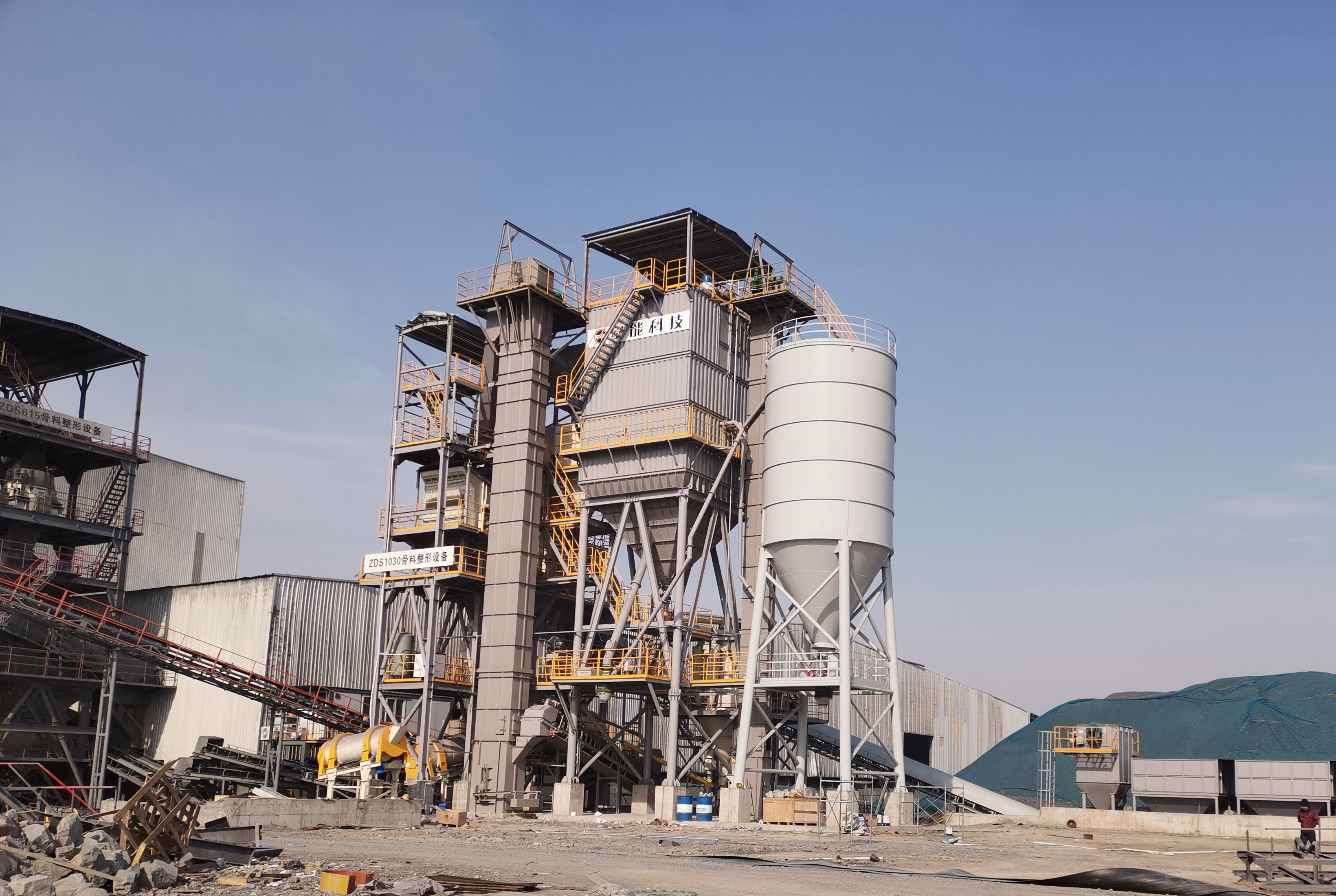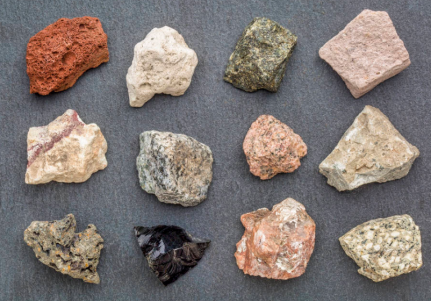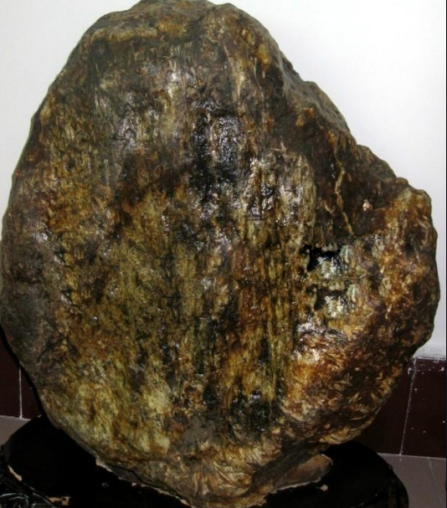Friends in the sand and aggregate industry often hear the term "aggregate". So, what is aggregate? What are the main rock types that make up aggregates? Today, with high-rises rising and railways spreading in all directions, improved living standards have indirectly led to over-exploitation of river sand. During rainy seasons, riverbanks stay soaked, which may cause collapses over time and even hazards like floods. Thus, the government has explicitly banned random river sand exploitation! As a result, manufactured sand—produced mainly by sand making machine — has become the industry’s focus. What’s the difference between natural sand and manufactured sand? Let’s dive into Ninon’s guide.

First, aggregate refers to granular loose materials that act as a skeleton or filler in concrete. It is used in civil engineering for cement concrete, asphalt concrete, road bases, railway ballast, mortar, etc. Aggregate raw materials are mostly natural sand and gravel, composed mainly of three rock types.



Igneous rocks, sedimentary rocks, metamorphic rocks
Classification of Aggregates
Dedign Principles for Sand and Aggregate Production Lines
① Feeding system (vibrating feeders supply materials to sand making machine);
② Conveying system (belt conveyors transfer materials to vsi crusher and screens);
③ Crushing system (core equipment, including crushers and sand making machine like vsi crusher, which crushes ore into required particle sizes);
④ Screening system (circular/linear vibrating screens grade finished products).
Definition of Mud Content, Stone Powder Content and Clay Lump Content
Characteristics of Sand Type
Natural Sand vs. Manufactured Sand
Natural sand forms via wind/rain/water erosion—high particle strength but unstable gradation. Manufactured sand is processed by sand making machine and auxiliary equipment: it has regular particles, can be made into different specs per needs. A manufactured sand line combines vibrating feeders, vsi crusher, screens, and conveyors etc., tailored to meet diverse customer needs.

